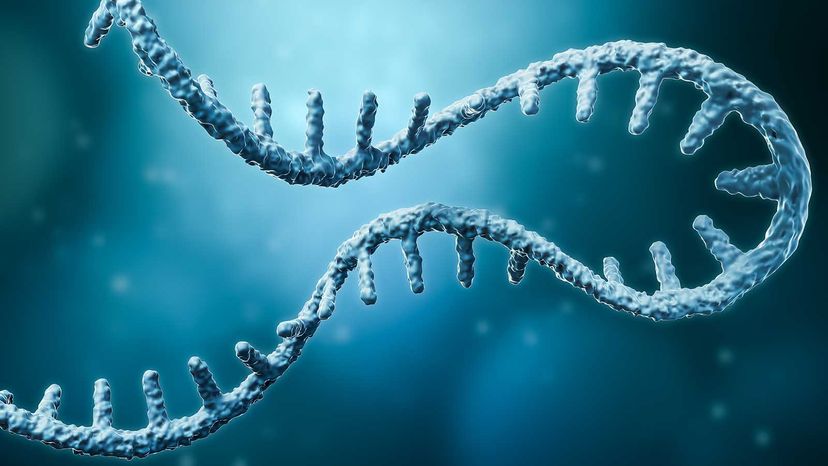

How life on Earth started has puzzled scientists for a long time. And it still does.
Fossils provide very important evidence about the evolution of plants and animals. Unfortunately, there are very few fossils of ancient microbes available, so scientists rely on modern microbes to devise theories about how life started. I studied bacteria and another type of microbe called archaea from hot environments for many years to learn how they might have evolved on early Earth, but I still have so many unanswered questions.
Based on the fossil evidence we have, single-celled microbes appeared on Earth before larger cellular life like plants and animals. But which kinds of microbes were the very first kind of life?
Which Microbes Are Considered Alive?
Microbes are living, single-celled creatures surrounded by a membrane. They consume and convert nutrients into biological molecules or energy and are too small to be seen without a microscope.
By this definition, bacteria, archaea and single-celled eukaryotes are microbes. Bacteria and archaea are single-celled creatures that lack internal membrane-enclosed structures, like a nucleus to hold their genetic material. Single-celled eukaryotes have a nucleus and may have other membrane-enclosed structures.
Some scientists consider viruses to be microbes made of genetic material enclosed in a protein coat. They are unable to replicate on their own and hijack the machinery of other cells to make copies of themselves. Because they don’t have many features of living cells, they are not technically alive.
Evidence for Early Life on Earth
Fossils can provide scientists with clues as to when life started, but they best record hard things like bones and teeth. Microbes are made of soft materials that do not fossilize well. However, some live together in very large groups of cells that can accumulate minerals and leave behind quite large fossils.
For example, cyanobacteria formed large structures called stromatolites in the oceans of early Earth. Scientists have found fossil stromatolites that date back to 3.48 billion years ago.
Other scientists found what they believe are fossilized archaea in rocks from a 3.4 billion-year-old hot seafloor. The Earth became habitable about 4 billion years ago, so bacteria and archaea must have appeared between 3.5 billion and 4 billion years ago.
Looking at the chemical reactions that cells carry out can also provide clues. The reactions that make biological molecules and generate energy make up what’s called the cell’s metabolism. Scientists have found evidence that some metabolic reactions were occurring at least 4.1 billion years ago. These reactions may have been occurring on their own before cells had evolved, perhaps on the surfaces of clays or minerals.

Rebecca Hunt-Foster/National Park Service
Theories About How Life Started on Earth
Cells copy their genetic material, made of DNA and RNA, to pass it on to new generations. Although DNA is the form of genetic material most living organisms use today, some scientists believe that RNA was the first information storage molecule on early Earth because it can make copies of itself.
Because some modern viruses use RNA to store genetic information, some scientists believe that viruses could have evolved from self-replicating RNAs. This possibility would mean that viruses may have appeared before bacteria. But because viruses don’t leave fossils behind, there isn’t available evidence to support this idea.
At some point, metabolic reactions and replication processes had to come together inside a membrane to make an early form of a cell: a pre-cell. Perhaps this happened when a virus-like structure infected a collection of metabolic reactions enclosed within a membrane. The pre-cell could then duplicate itself, leading to the evolution of the first living cell. This cell would have been like today’s bacteria and archaea.
Maybe virus-like structures did form before cells. However, those simple virus-like structures might have been just pieces of DNA or RNA, so could they really be considered “viruses”?
Another popular theory states that viruses evolved from degenerated bacteria or archaea that lost most of the genetic instructions for carrying out metabolism and forming cells. There are many examples of similar smaller degenerations that have occurred in the bacterial world today.

MattLphotography/Shutterstock
Uncovering Early Life
The surface of Earth today is very different from it was 4 billion years ago. Some have speculated that deep under Earth’s surface, where it is too hot for modern life, these early conditions might still be present, allowing some protolife forms to continue to exist where they are protected from being consumed by other microbes.
When people can explore other planets or moons, perhaps we will find processes similar to those that were at work on early Earth. This kind of discovery could help us solve the puzzle of life’s origin here.
Kenneth Noll is professor emeritus of microbiology at the University of Connecticut.
This article is republished from The Conversation under a Creative Commons license. You can find the original article here.

0 Comments :
Post a Comment